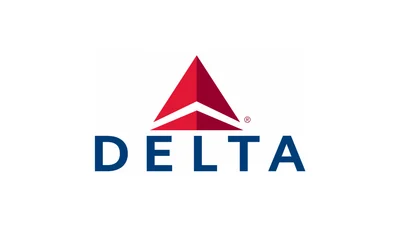From its early days of being equipped with analog devices, cockpits have now evolved into ones with digital displays. Automation, multifunctional screens, intuitive controls are all part of the modern-day cockpit. But how did this transformation occur?
In the early days of aviation, cockpit design was rudimentary. Pilots had only a few instruments to provide basic information. The first aircraft cockpits featured simple dials, gauges, and mechanical controls.
Pilots relied on visual cues such as landmarks and celestial navigation. To aid with better and safer flight operations, there were up to five crew members, including flight engineers, navigators, and backup pilots. This was the case with the Boeing 314 Clipper.
In the 1950s, pilots relied on analog instruments such as altimeters, airspeed indicators, and gyroscopes. Even though these gauges provided basic flight information, pilots needed to interpret multiple instruments simultaneously. This was true for earlier models of the Boeing 737: "Boeing engineers later gave the 200s an enhanced autopilot and onboard flight computer technology... Unlike subsequent versions of the 737...an optional digital metric altimeter was available upon request."
Analog gauges transitioned into digital “glass panel” instrumentation. Glass cockpits replaced traditional dials with electronic displays (CRT or LCD screens). This transition was evident in aircraft like the Boeing 737-NG introduced in 1997. Stiff competition from Airbus pushed this transition forward: "Speaking of Airbus...the firm’s first aircraft was the A300...the A310 first used [digital screen] technology in 1982."
The cockpit of the Airbus A310 included three computers providing synthetic data on aircraft systems' status and alarms; an electronic flight instrument system (EFIS) with CRT screens; control stations offering essential flight control and navigation information.
Glass cockpits also helped reduce the number of flight engineers: "This is best illustrated by...the Douglas DC-9 which first flew in 1965 into...the Boeing 717...[which] has had a perfect record." Displaying simple diagrams of onboard systems as well as graphic charts contributed to better safety.
Heading into the future, eye-tracking systems may be part of cockpit innovations: "Pilot overload from increased data availability is a real threat," said Jacob Greene. Simplifying data provision is integral to future cockpit display designs aiming for greater display real estate through enhanced helmet-mounted display (HMD) systems for heads-up viewing and large area displays (LAD) for increased functionality while offering improved methods of interaction.
 Alerts Sign-up
Alerts Sign-up





































